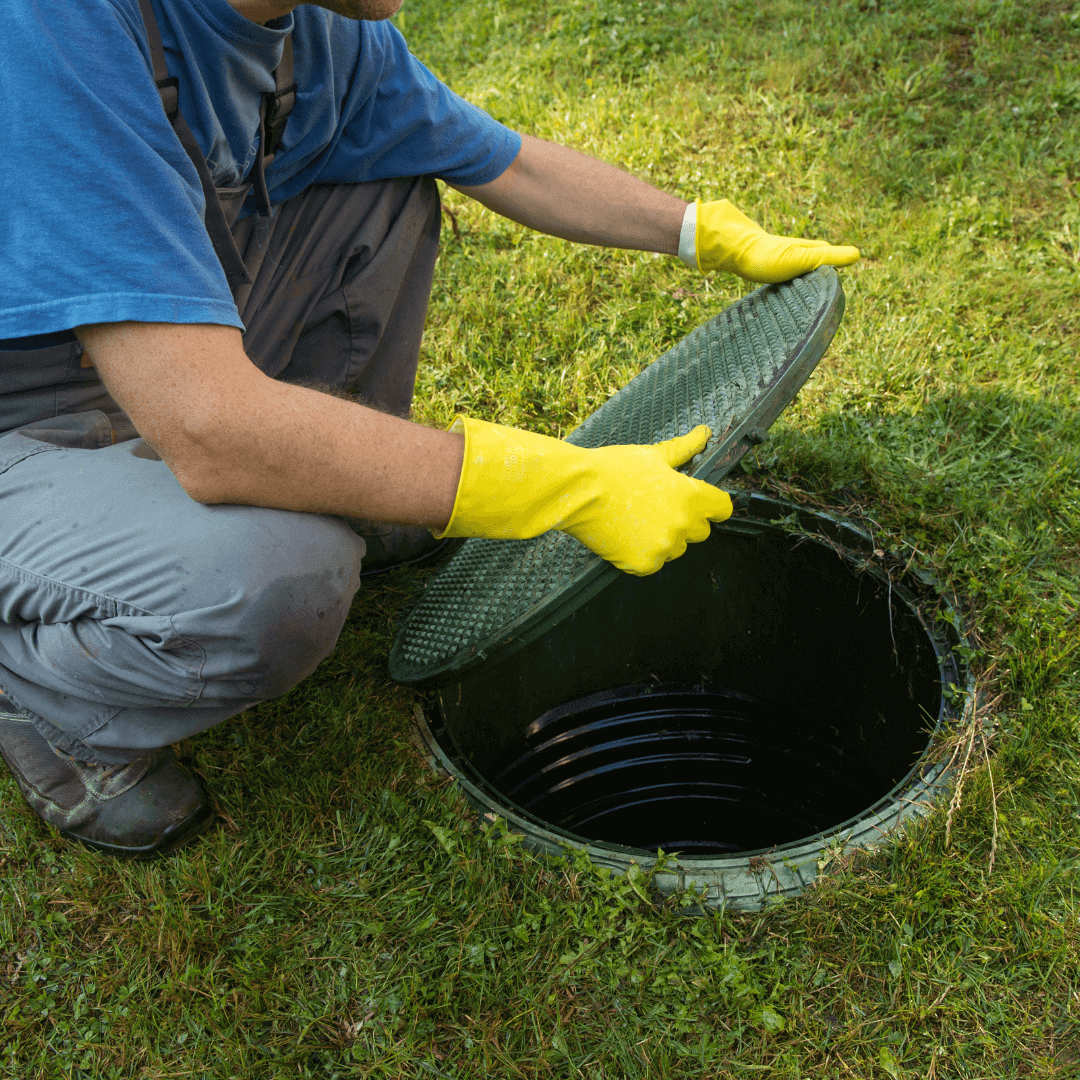About
Lorem ipsum dolor sit amet, consectetur adipiscing elit, sed do eiusmod tempor incididunt ut labore et dolore magna aliqua.
About
Lorem ipsum dolor sit amet, consectetur adipiscing elit, sed do eiusmod tempor incididunt ut labore et dolore magna aliqua.

Have you heard about septic tank maintenance? If not, you should. Septic tank maintenance isn’t something that should be put off. Failing to maintain and service your septic system regularly could lead to problems with wastewater flowing straight into your groundwater supply. Septic systems play an important role in everyday life. Still, you must understand how they function, the maintenance necessary for good operation, and the signs of trouble.
Maintaining your septic system isn’t a task on most homeowners’ to-do lists, but it should be. The system can fail for many reasons, from natural causes to improper use. Maintaining your septic system will help keep it clean and running smoothly.
Pump the septic tank regularly
A septic system is an underground system that treats and separates wastewater from human waste. They can take years or decades to function properly, so you must keep the septic system in good condition. Pumping it on a regular basis is one of the essential tasks to do regularly for septic tank maintenance. This helps prevent back up, leading to foul smells, flies, and other unwelcome home guests.
Inspect the system for leaks
The plumbing system in your home can be complicated, especially in the case of septic systems. These systems are underground, so inspecting them is a job best left to professionals like the ones offering Trenchless sewer repair. Not only will they inspect the entire system without even digging a hole, but would likely also perform the necessary repairs, if any. Septic tanks are a bit more daunting than some might think; they’re generally out of sight and out of mind. But you need to take care to check that it is working properly to prevent sewage and wastewater from backing up into your home and contaminating local rivers and streams. And there are a few essential tasks that can be done as a proactive measure – like regular X-Ray Surveys for drainage – to keep the system healthy.
Clearly mark off and maintain the leach field
Marking off and maintaining the leach field is one of the essential tasks to do regularly for septic tank maintenance. The leach field is the area near your septic tank where liquid wastewater leaves the tank and goes to the earth for treatment. This field has holes that allow the liquid to flow into the ground. They should be sealed off so that runoff can safely go into the ground. The holes also need to be properly graded so that water can flow easily into the ground.
Limit water usage and household waste
Although septic tanks don’t have batteries, they can start to drain when you need them most. When wastewater isn’t treated and it builds up in the tank, it can cause a blockage, which can mean you can’t use the toilet, shower, or sink until the problem has been fixed. In worse cases, the wastewater can even start back flowing, spilling the sewage in bathrooms and beyond.
It will likely require you to hire an expert providing sewage cleanup service in Boise, Idaho. (Of course, provided that you live there). Though everything can be cleaned and brought back to its original condition, nobody wants sewage water to enter their homes. This is why is it best to take preventive measures.
Use the bacteria additive
Septic tanks, which store wastewater from individual homes and communities, usually fail due to neglect. But proper septic system maintenance, like adding bacteria to septic tanks, can prevent failures and save you money and time down the road.
Install an effluent filter
Septic tanks are devices that are primarily used to dispose of household wastewater and handle sewage. The septic process involves a septic tank that collects the wastewater and a drain field that treats the wastewater by allowing it to soak into the soil. While an effluent filter is an optional component of the system, it’s an integral part of the proper maintenance of your septic system.
Check the leach field for clogs
The leach field covers a septic system’s drain field. Septic drain fields act like a natural filter, allowing liquid waste from the septic tank to trickle into the soil, where bacteria break it down. The drain field acts the same way a bathtub drain works. This field, however, takes a very long time to do its job.
Keep accurate maintenance records
Proper septic tank maintenance requires keeping an accurate log of when the tank was pumped and when the last sewage cleanup was done. Based on the data from these records, you can decide when to perform the next septic tank pumping and maintenance. That said, if this sounds too complex for you to fathom, then contact your local septic service provider.
Conclusion
When talking about something as important as septic tanks and how they work, it’s imperative that you understand what the septic tank is. Simply put, it is a wastewater treatment system. It treats wastewater by breaking down the solid, liquid, and gaseous matter in it so that only clean water remains. The septic tank, box, or chamber, as it is commonly referred to, works differently from most traditional sewer systems in that it allows the wastewater to gradually settle, as opposed to going into one central location to be pumped out.